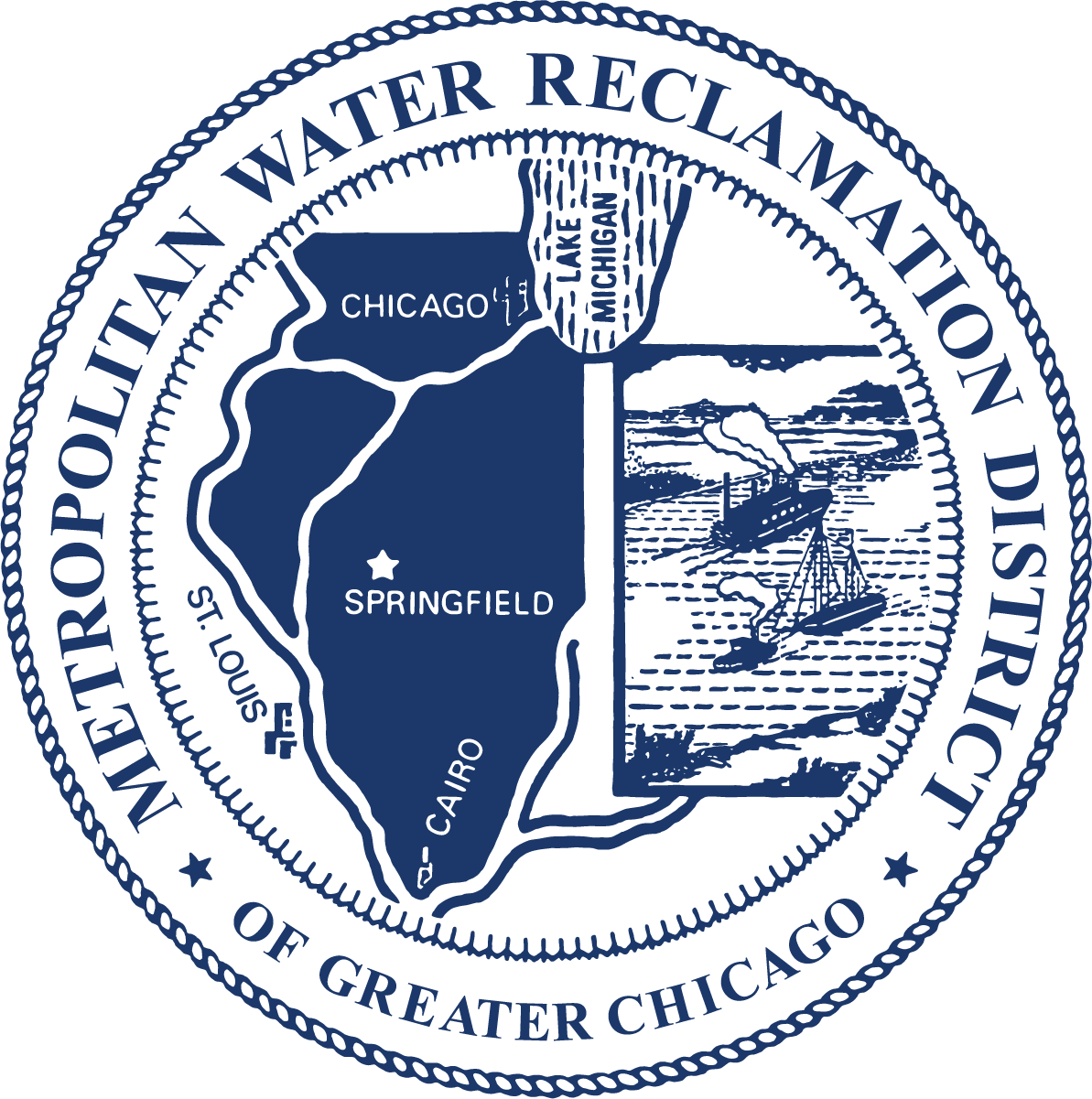MWRD staff publish research in Water Research Magazine
MWRD Managing Engineer Jonathan Grabowy and Principal Environmental Scientist Joseph Kozak participated in a research project titled “Making waves: Rethinking our mission for N₂O emissions at WRRFs” that was recently published by Water Research Magazine.
Nitrous oxide (N₂O) is a potent greenhouse gas with a global warming potential 273 times that of CO2, and it is a significant contributor to ozone depletion. Water resource recovery facilities (WRRFs) have been identified as a major source of N₂O emissions, leading to significant research and policy efforts to mitigate these emissions. As WRRFs undertake these N2O mitigation efforts, important questions remain regarding the impact of more intensive nitrogen removal for pollution prevention and public health protection and how reactive nitrogen discharges are emitted as N₂O in receiving waterways.
To answer these questions, this perspective highlights the importance of balancing facility-scale emission factors to estimate N₂O emissions from wastewater while considering the impacts of nitrogen if discharged to receiving water bodies. This perspective suggests more comprehensive approaches to manage N2O emissions, emphasizing the need to account for the reduction in N₂O emissions achieved through nitrogen removal at WRRFs compared to direct discharge into receiving water bodies. By considering the overall impact of nitrogen from wastewater on N₂O emissions from both WRRFs and receiving water bodies, WRRFs can reduce their impact on the environment while maintaining their important role in removing nitrogen from wastewater.
In other words, a deeper understanding of N₂O measurement and estimation is needed to address flaws in existing methodologies, ultimately leading to more effective N₂O management. Opportunities to reduce N₂O emissions already exist, and additional strategies will emerge as improved estimation techniques are developed and adopted. Nonetheless, N₂O emissions from WRRFs should be considered a net environmental benefit, as the absence of WRRFs would result in greater and uncontrol N₂O emissions and associated negative environmental impacts.
